All-time High
All-time Low
Volume(24h)
711.57M
Turnover rate
5.06%
Market Cap
14.0636B
FDV
22.5B
Circulating supply
31.3B
Total supply
50B
Max supply
50B
Website
Explorers
Currency Calculator
{{conversion_one_currency}}
{{conversion_two_currency}}
| Exchange | Pairs | Price | Volume (24h) | Volume % | Confidence | Liquidity Score | Earn |
|---|---|---|---|---|---|---|---|
| {{val.marketPair}} | {{val.price}} | {{val.volume24h}} | {{val.volumePercent}} | Low Moderate High | {{val.effectiveLiquidity}} | Buy / Sell | |
Community sentiment

26%
74%


Bullish

Bearish
 Trade $XLM on WEEX: https://themoon.co/WEEXcharts
Trade $XLM on WEEX: https://themoon.co/WEEXcharts  Get $1,000 ETH Airdrop by Downloading App - 100% Position Airdrop + FREE VIP 2 (25% Fee Discount)
Get $1,000 ETH Airdrop by Downloading App - 100% Position Airdrop + FREE VIP 2 (25% Fee Discount) 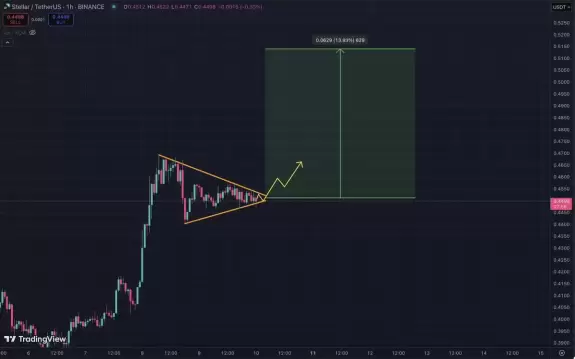
| Exchange | Pair | Price | Volume (24h) | Volume % | Confidence | Liquidity Score | Earn |
|---|---|---|---|---|---|---|---|
| {{val.marketPair}} | {{val.price}} | {{val.volume24h}} | {{val.volumePercent}} | Low Moderate High | {{val.effectiveLiquidity}} | Buy / Sell | |
About Stellar
Where Can You Buy Stellar (XLM)?
It is possible to [buy Stellar](https://www.binance.com/en/buy-Stellar-Lumens) from a wide range of top exchanges - including Binance, Coinbase, Kraken, Bittrex, Bitfinex, Upbit and Huobi. It’s also common to convert fiat into Bitcoin before purchasing altcoins,[ and you can find out more about how this is done with our guide.](https://coinmarketcap.com/how-to-buy-bitcoin/)
How Is the Stellar Network Secured?
This network is secured using the Stellar Consensus Protocol, which is described as having four main properties: “Decentralized control, low latency, flexible trust, and asymptotic security.” Through SCP, anyone is able to join the process of achieving consensus, and no single entity can end up with the majority of decision-making power. Transactions are also confirmed cheaply and within a few seconds — and safeguards are in place if bad actors attempt to join the network.
How Many Stellar (XLM) Coins Are There in Circulation?
A total of 100 billion XLM were issued when the Stellar network launched in 2015 — but things have changed since the release date. At present, the total supply stands at 50 billion XLM, and the circulating supply is currently 20.7 billion. In 2019, the Stellar Development Foundation announced that it was burning over half of the cryptocurrency’s supply. This means that it now controls approximately 30 billion XLM. While some of this capital is earmarked for marketing and helping the organization develop, about one third is reserved for making investments in other blockchain ventures. Explaining why it took this drastic move — and promising not to burn any more XLM in the future — the foundation explained: “SDF can be leaner and do the work it was created to do using fewer lumens… Those 55.5 billion lumens weren’t going to increase the adoption of Stellar.”
What Makes Stellar Unique?
Fees are a sticking point for many. However, high costs when making cross-border payments aren’t just exclusive to fiat-based payments solutions such as PayPal — transaction fees have also been known to go through the roof on the Bitcoin and Ethereum blockchains because of congestion. Stellar is unique because every transaction costs just 0.00001 XLM. Given how one unit of this cryptocurrency only costs a few cents at the time of writing, this helps ensure that users keep more of their money. Few blockchain projects have managed to secure partnerships with big-brand technology companies and fintech firms. A few years ago, Stellar and IBM teamed up to launch World Wire, a project that allowed large financial institutions to submit transactions to the Stellar network and transact using bridge assets such as stablecoins. Although other blockchains have community funds, meaning that grants can be given to projects that help further the ecosystem, Stellar allows its users to vote on which ventures should be given this support.
Who Are the Founders of Stellar?
Jed McCaleb founded Stellar with the lawyer Joyce Kim after leaving Ripple in 2013 over disagreements about the company’s future direction. In explaining the rationale behind Stellar in September 2020,[ McCaleb told CoinMarketCap](https://blog.coinmarketcap.com/2020/09/20/stellars-jed-mccaleb-crypto-doesnt-need-more-regulation-it-needs-clarity/): “The whole original design of Stellar is that you can have fiat currencies and other kinds of forms of value run in parallel with each other and with crypto assets. This is super important to drive this stuff mainstream.” McCaleb’s goal is to ensure that Stellar can give people a way of moving their fiat into crypto — and eliminate the friction that people normally experience when they are sending money around the world. He currently serves as the CTO of Stellar, as well as the co-founder of the Stellar Development Foundation. This not-for-profit organization aims to “unlock the world’s economic potential by making money more fluid, markets more open, and people more empowered.”
What Is Stellar (XLM)?
Stellar (XLM) is a peer-to-peer ([P2P](https://coinmarketcap.com/alexandria/glossary/peer-to-peer-p2p)) decentralized network created in 2014 by The Stellar Development Foundation or Stellar.org. The network officially launched in 2015 with the purpose of connecting the world's financial systems and ensuring a protocol for payment providers and financial institutions. The platform is designed to move financial resources swiftly and reliably at minimal cost. Stellar links people, banks, payment processors and allows users to create, send and trade multiple types of crypto. The basis of the network is its native digital currency - XLM or Lumens. XLM acts as an intermediate currency for operations and is also used to pay transaction fees. How it works: the protocol converts money in a few seconds, first into XLM, and then into the requested currency. The Stellar payment protocol is based on distributed ledger technology -- an open-source development, community-owned and distributed by community. The crypto asset of the Stellar platform helps with cross-border transactions, overcoming the problems of high fees and slow procedures. XLM is more focused on assisting individuals transfer money than they are with institutions. Thus, Stellar offers access to financial systems, and people can send money at low cost and promptly around the world. Moreover, Stellar serves as a decentralized exchange and marketplace, with a built-in order book that tracks ownership of Stellar assets. Platform users can manage buy/sell orders, as well as select and set their preferred assets in settlements. XLM is a built-in coin that helps reduce transaction fees. The network maintains a high level of security. XLM holders must have at least one token in order to remain active on the network. This nuance performs a global goal - the execution of network transactions efficiently and with minimal time costs. Plus, Lumens offers protection against flood attacks by making microtransactions too expensive for hackers with no chance of profit, which keeps Stellar Network safe from serious threats. The target audience of Stellar is the inhabitants of developing countries, ordinary users who are provided access to the global economy through fast, simple and inexpensive transactions. Stellar Network makes extensive use of Lumens to produce live convection as well as to send cash in multiple currencies; currency is sent from one peer, and the recipient can receive the amount in another currency. This feature is beneficial when a transaction is made between currencies without widely traded pairs. Support for multi-currency transactions is another competitive advantage of Stellar, and the ability for cross-currency transactions has only enhanced processes with foreign operations. Moreover, stable speed and low transaction costs are a privilege that users receive. This functionality is powered by a development called Anchors (a bridge between different currencies and the network), which simplifies the exchange within the network and helps speed up the whole process. In summary, the benefits of Stellar (XLM) include:
Stellar News
-

The stablecoin market is heating up. Paxos, Circle, and Ripple are all vying for national trust charters amid evolving regulatory landscapes.
Aug 12, 2025 at 12:01 am
-

JPMorgan's optimistic outlook on U.S. stocks, even amid economic concerns, is driving the S&P 500 higher. Is this rally sustainable, or are we ignoring key risks?
Aug 10, 2025 at 11:51 pm
-

Dive into the world of Cold Wallet, Cronos, and Stellar, exploring their unique value propositions and recent market movements. From cashback rewards to institutional partnerships, find out what's making these cryptos tick.
Aug 09, 2025 at 11:19 pm
-

Bitcoin ETFs are gaining traction, BlockDAG presales are booming, and investors are eyeing early-stage opportunities. Here's the lowdown on what's driving the crypto market.
Aug 09, 2025 at 10:16 am
-

Forget chasing old crypto gains! BlockchainFX ($BFX) is the presale turning heads with its innovative platform and daily rewards. Is this the next big thing in crypto for 2025?
Aug 07, 2025 at 10:00 pm
-

Dive into the world of cryptos under $1, comparing BlockchainFX, Shiba Inu, and others. Discover the potential, the risks, and what's driving investor interest.
Aug 05, 2025 at 05:59 pm
-

Bitcoin dips below $115K, sparking debate. Is it a technical correction, or a sign of deeper trouble? Analyzing key levels and market sentiment.
Aug 04, 2025 at 03:23 am
-

Bitcoin recently dipped below short-term support, triggering a correction. Is it a buying opportunity or a sign of deeper trouble? Let's dive into the technicals.
Aug 04, 2025 at 03:22 am
-

Bitcoin dominance shows signs of slowing down, with capital flowing into altcoins. Is an altcoin surge on the horizon?
Aug 04, 2025 at 03:06 am
Similar Coins































































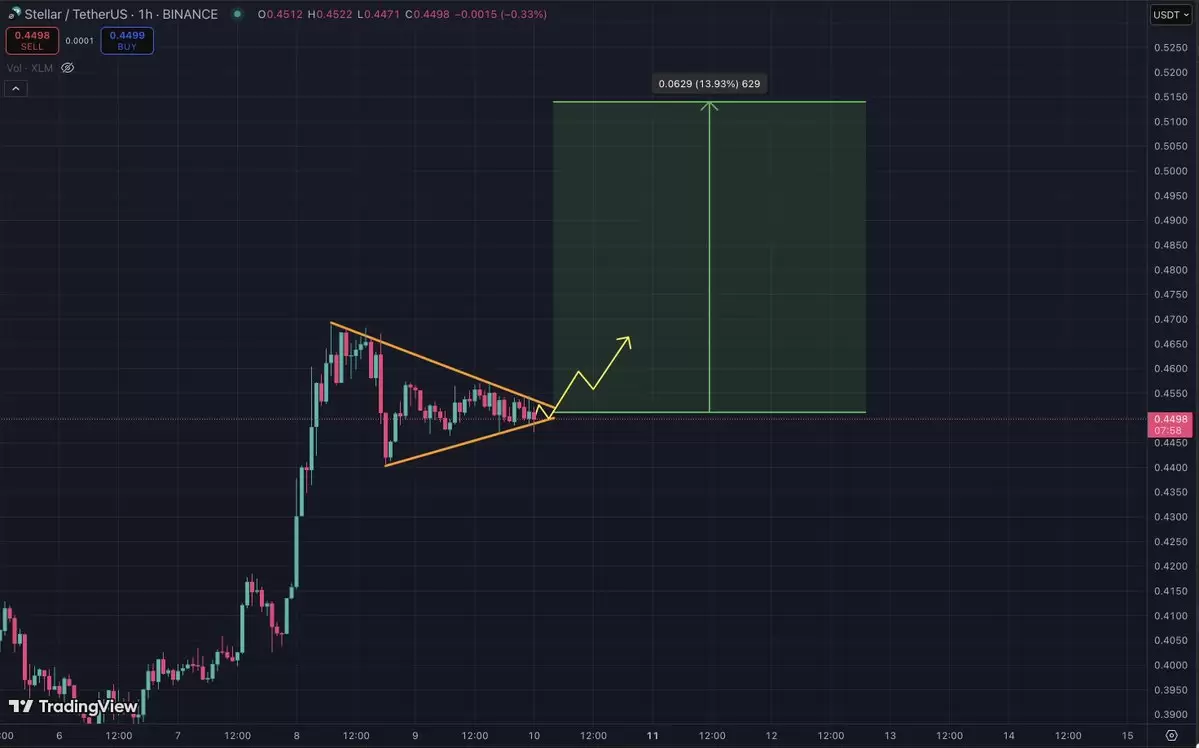











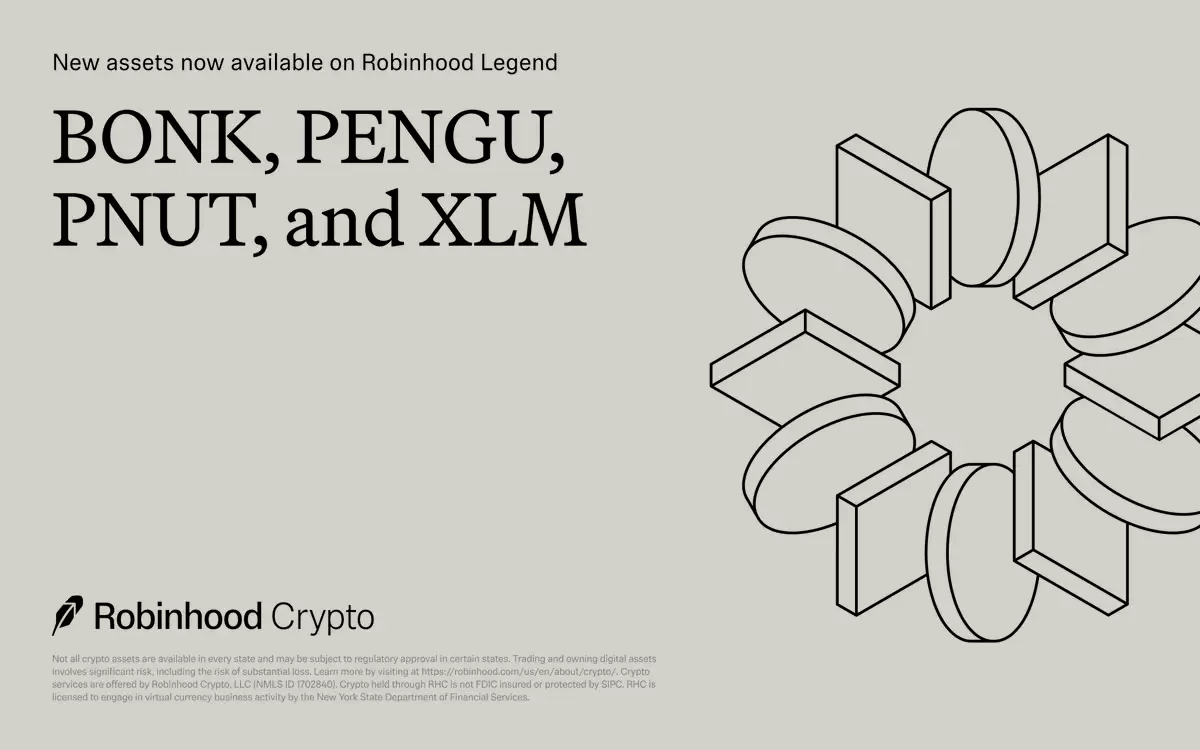








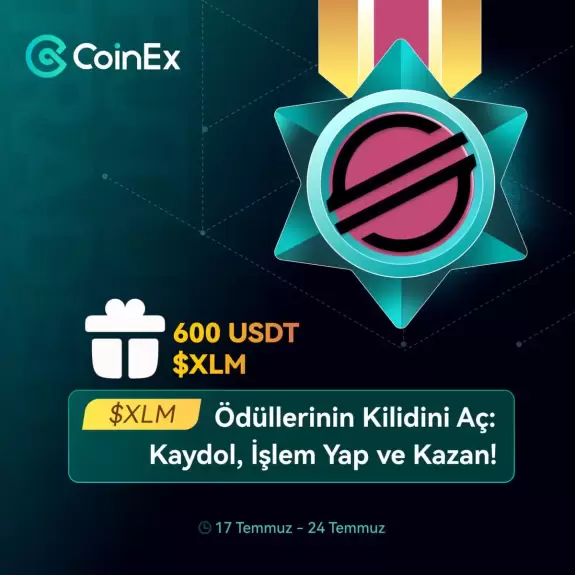
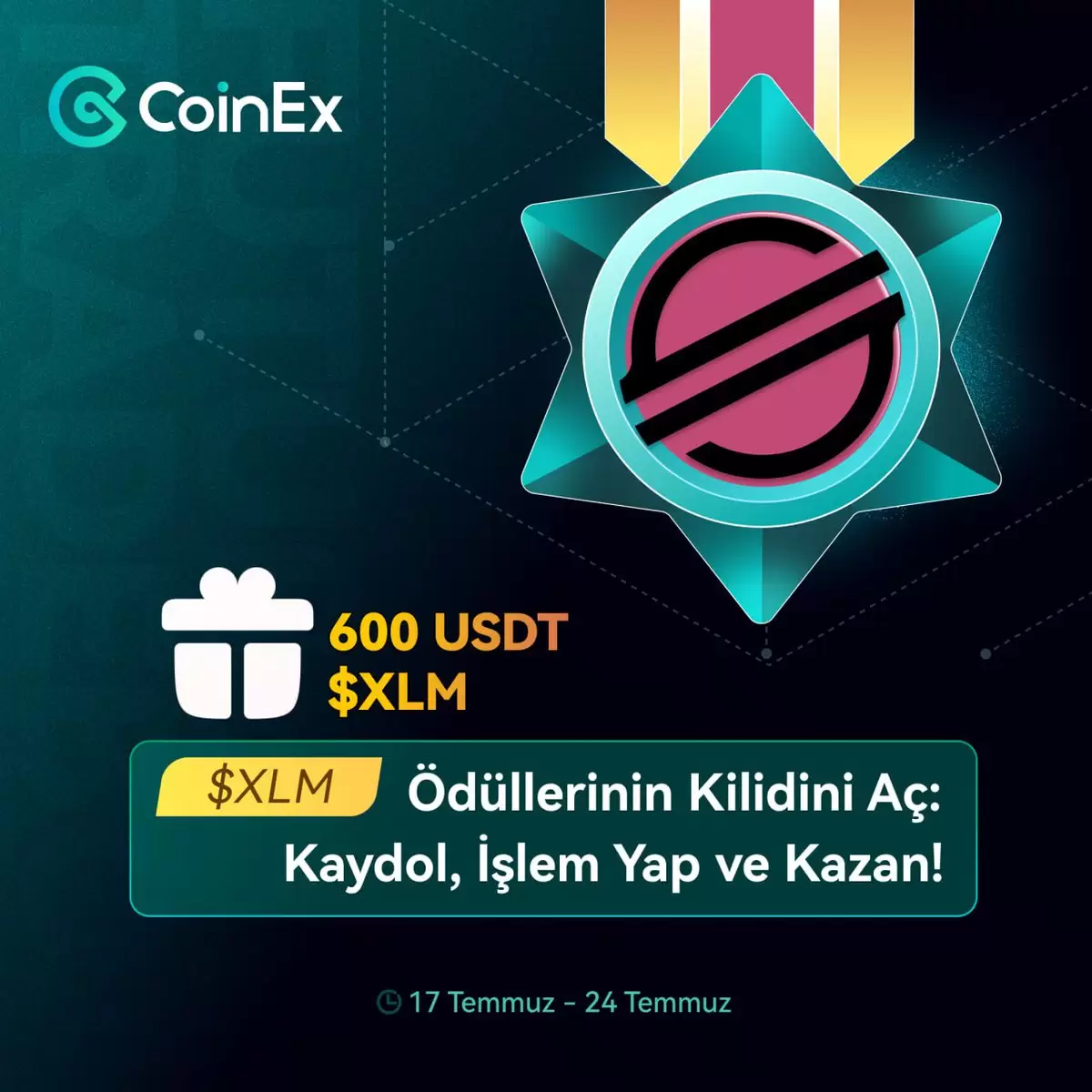






Twitter
GitHub
Close